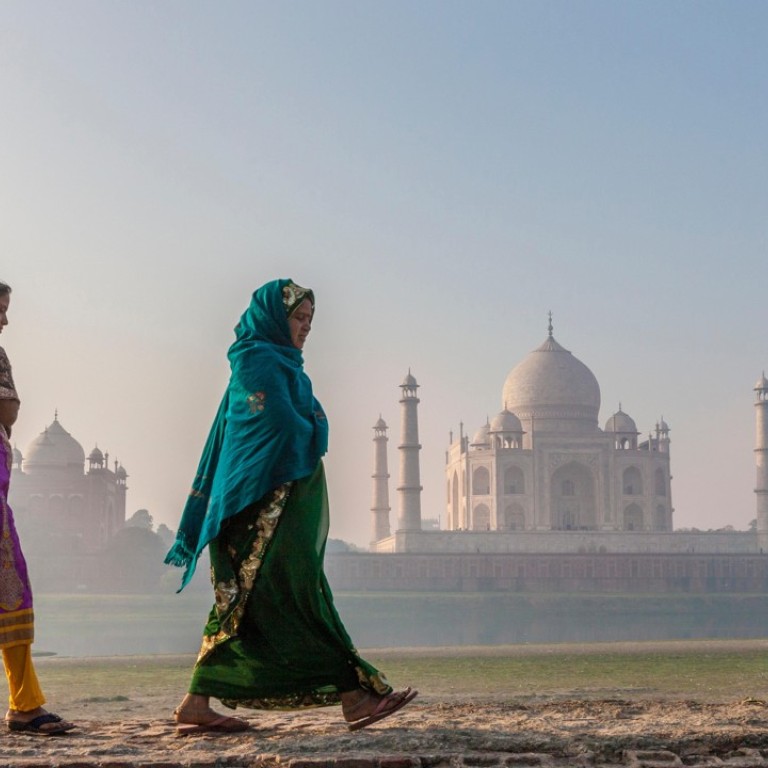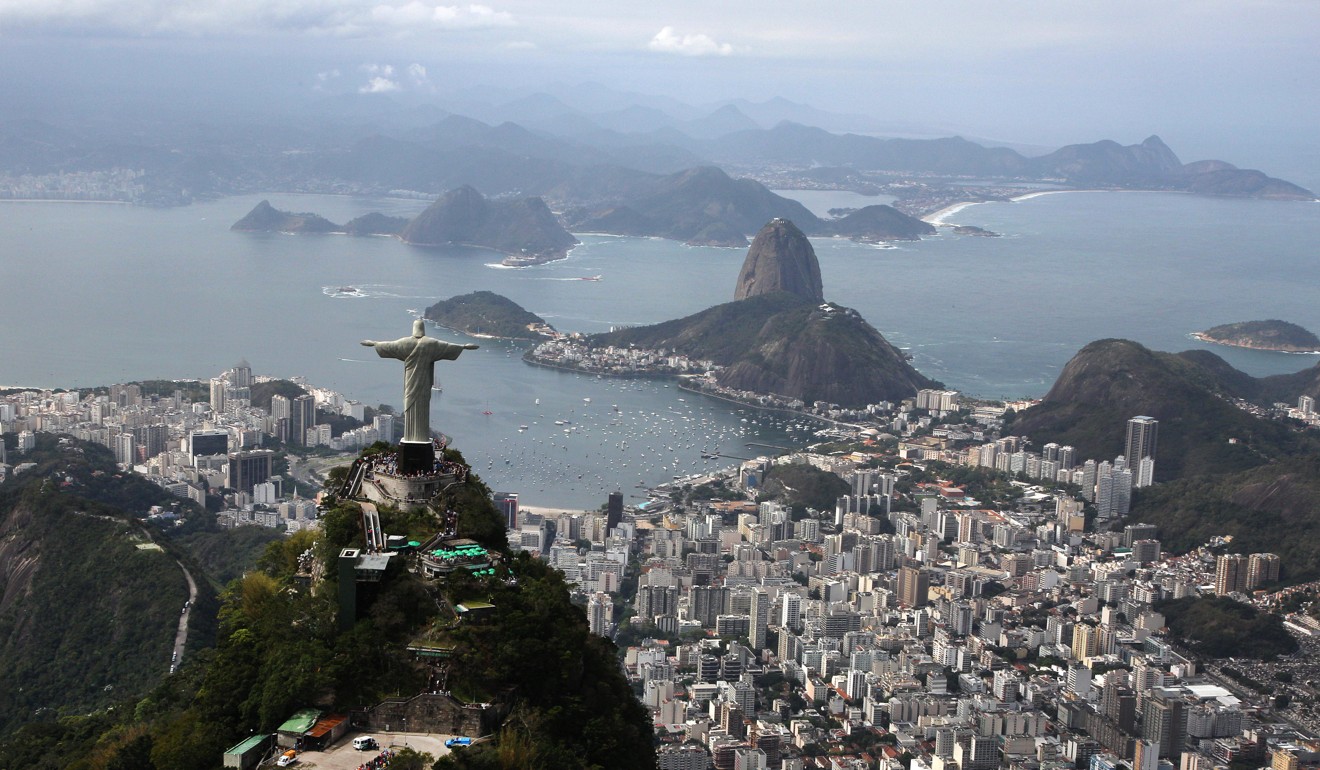
Should tourists pay more than locals? The dual pricing debate extends to the Seven Modern Wonders of the World
- From the Taj Mahal to the Great Wall of China, international visitors often have to pay more to see tourist attractions – but is it fair?
- There are arguments both for and against extra fees for tourists – here’s what you can expect to pay to see some of the modern wonders
No one likes to think they have paid more than someone else for the same thing. At many of the world’s iconic monuments, however, you will find yourself handing over a hefty entrance fee while the locals pay next to nothing. Grumble about the unfairness of “them and us” pricing and somebody in the queue is sure to offer a saintly smile and inform you that two-tier payment systems are a wonderful way of redistributing wealth.
Advocates of a single admission price point out that foreigners have already been fleeced in souvenir markets, restaurants and hotels, and resent having to subsidise alpha sightseeing attractions as well. “But you’re rich and we’re poor,” claim the host communities. On that basis, visitors from Singapore should be charged double to ride the Peak Tram. The windfall could be used to help the 1.4 million Hongkongers living below the poverty line. And while that is being implemented, the government can work out which other nationalities should be overcharged, and by how much.
Forget Machu Picchu: seven newly accessible wonders of the world
A stronger argument in favour of foreign tourists shouldering a higher share of admission costs is that locals are already contributing to the upkeep of their national heritage through taxes. International visitors aren’t being fleeced; they are simply paying the market rate while residents receive a discount. After all, if you sign up for a course at an overseas university, you would expect to be charged substantially more than your locally born classmates, as they (or their parents) pay taxes in that country.
For some holidaymakers, ignorance is bliss when it comes to the two-tier structure as individual attraction fees are often incorporated into the total tour cost. At the Temple of the Tooth, in Kandy, Sri Lanka, I asked a group of Chinese sightseers how they felt about paying 1,500 rupees (HK$70) while locals get in free. None had any idea what the admission charge was. “We leave all that to our guide,” they said.
Most of us can afford to absorb the higher prices; especially as we have already forked out a small fortune on the airfare. Besides, doesn’t a percentage of the proceeds go towards conservation and maintenance of the site? I wouldn’t bet on it. The US$30 you stumped up for that visa on arrival is supposed to be earmarked for tourist infrastructure improvements, yet the airport-to-city highway is a pot-holed shambles.

To get some idea of how widespread dual pricing is, let’s look at entrance fees at the Seven Modern Wonders of the World – and one of the original wonders. The newest list of must-sees was chosen in an online poll of more than 100 million voters in 2000.

New rules at Machu Picchu, in Peru, mean tourists must choose either a morning or afternoon visit. Foreigners have to shell out US$70 for a four-hour slot at the ancient Inca citadel.
There’s also the cost of a two-hour taxi ride from the city of Cusco to Ollantaytambo railway station, and a ticket on one of the world’s most expensive trains, which takes 90 minutes to reach Aguas Calientes, the gateway to Machu Picchu. Nationals of the Andean Community (Bolivia, Colombia, Ecuador and Peru) pay US$37 while residents of Cusco get in for free on Sunday afternoons, assuming the 2,500 capacity hasn’t been reached.

At the ruined Mayan city of Chichén Itzá, on Mexico’s Yucatán Peninsula, overseas visitors will be asked for 242 pesos (US$12) to enter the pre-Columbian archaeological site. Mexican nationals are charged 162 pesos. The playing field levels off for sightseers planning to bring in a video camera, however. Everyone pays a flat fee of 45 pesos.

